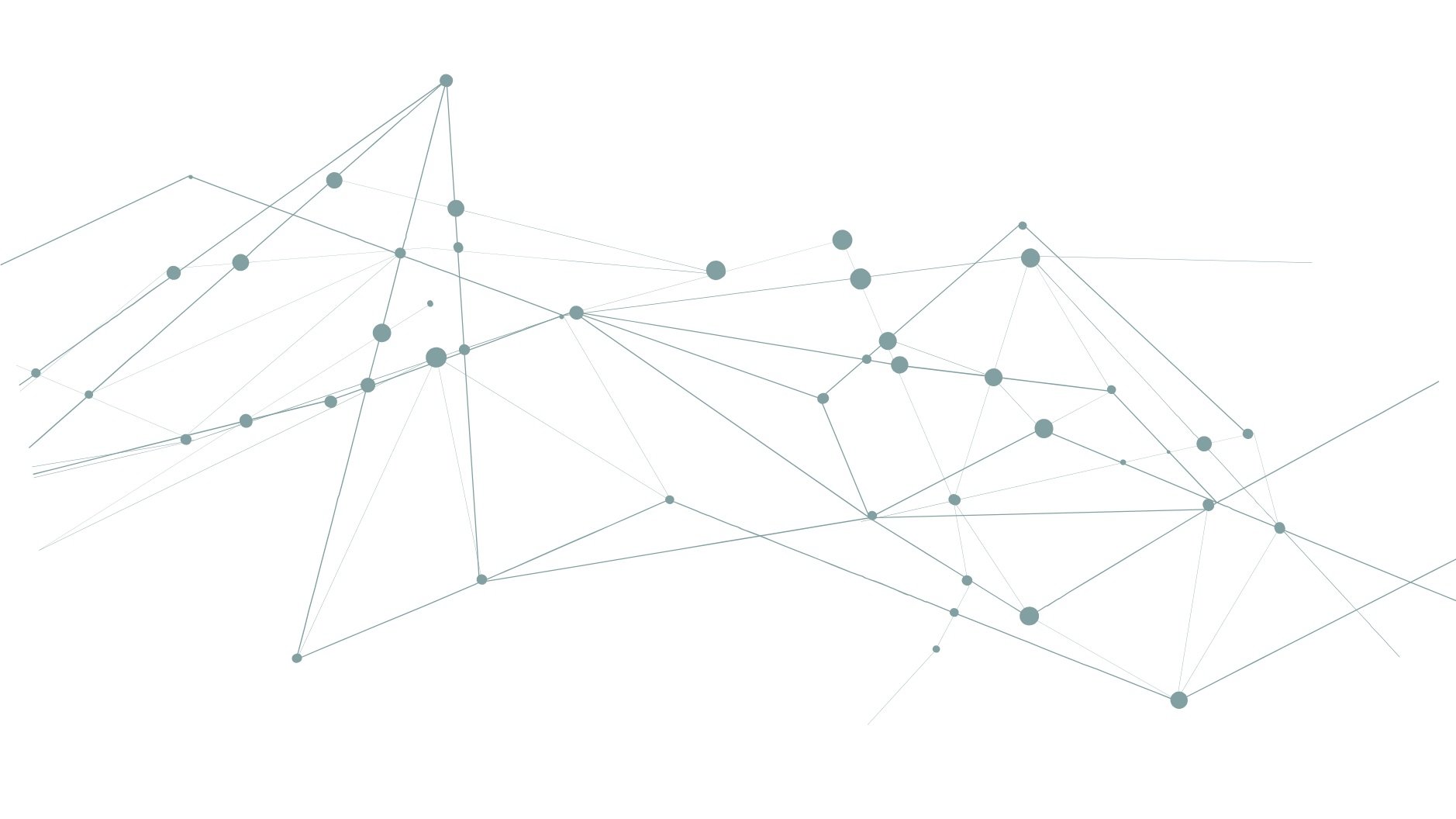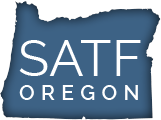Sexual Health Work Group
Purpose + Goal
The Sexual Health Work Group (SHWG) believes that sexual health promotion is sexual violence prevention. Only by developing a positive frame that recognizes the inter-relatedness of these two fields can we create a healthy and safe Oregon. Healthy sexuality is the expressed capacity to understand, enjoy, and control one’s own sexual and reproductive behavior in a manner that enriches one’s self, relationships, and communities. The SHWG believes that a central component of healthy sexuality is not only the absence of sexual violence or coercion, but the active presence of self-determination and the ability to choose when, how, whether, and with whom to make sexual and reproductive choices.
Historical Perspective
For years, Oregon has been working to promote sexual health and to prevent sexual violence. These efforts have often taken place separately, effectively dividing sexual health and sexual violence prevention, creating the illusion that the issues are unrelated, when they are in fact inseparable. Oregon’s recent efforts echo a national shift in approach regarding sexual health promotion and sexual violence prevention. In 2006, Recommendations to Prevent Sexual Violence in Oregon: A Plan of Action stated the importance of developing environments where healthy relationships and healthy sexuality is the norm. The 2009 Oregon Youth Sexual Health Plan includes reducing non-consensual sexual behaviors as one of its five goals. Additionally, the Sexual Assault Task Force has offered webinars on preventing sexual violence through promoting sexual health, collaborated on statewide events to align this work, and in October 2016, hosted the first statewide cross discipline summit for sexual health promotion and sexual violence prevention educators. These efforts represent a closing of the gap between sexual health promotion and sexual violence prevention efforts.
In the spring of 2010, a group of stakeholders working in sexual violence prevention, sexual health promotion, education, and similar fields came together to form Oregon’s statewide Sexual Health Work Group (SHWG). The SHWG is coordinated by the Oregon Attorney General’s Sexual Assault Task Force’s Prevention and Education Committee. Open to stakeholders from across the state, the SHWG exists to explore, identify, and promote the connections between sexual health promotion and sexual violence prevention.
Key Themes for Healthy Relationships and Sexuality Education
After a review of curricula and key documents, the SHWG identified the following key themes present nationally and internationally in healthy relationships and sexuality education:
Sex positivity: celebrates health sexuality, no fear-based information
Sexuality based in emotional and biological spheres (mental/physical/social)
Promotes sexual rights of individuals
Discusses issues of consent (Promotes a culture of consent)
Addresses respectful interpersonal and intrapersonal communication
Addresses power dynamics and healthy boundaries in relationships
Illustrates examples and qualities of healthy, safe and equitable relationships
Moves beyond victim-focused risk reduction (focuses on risk of perpetration and addresses victim blaming
Promotes youth empowerment
Gendered lens: Broad understanding of gender, explores stereotypes, gender roles, and social constructions of identity
Acknowledges needs of marginalized populations (prioritizes/affirms equity)
Addresses oppression-both institutional and internalized
Calls upon involvement between the individual, family, and community
Considers and respects culture in program creation and delivery
Staff liaison: Meg Foster, SATF Prevention Coordinator | Email: megan@oregonsatf.org

Oregon’s Health Education Standards and Performance Indicators
Since 2015, Oregon SATF has conducted an annual review of K-12 healthy relationships, violence and abuse prevention, and sexual health promotion curricula as they align with best practices and Oregon's Health Education Standards and Performance Indicators. Learn more about Oregon’s new (2023) Health Education Standards below.
Oregon SATF’s curricula review is completed by a multidisciplinary panel of people with varying expertise in prevention and health promotion. Each reviewer uses the Oregon Healthy Relationships Curricula Assessment Tools (OHRCATs) to evaluate curricula. These tools are based off of the Centers for Disease Control and Prevention's (CDC) Health Education Curriculum Assessment Tool (HECAT) and Sexual Health Education Curriculum Assessment Tool (SHECAT) and were informed by leaders, community partners, and educators around Oregon.
You can learn more about the process and tools by reviewing this short video and reviewing the OHRCAT tools below. The tools are linked as enterable PDF files. For word or regular PDF format, please reach out to Oregon SATF staff.
Featured Resource
Featured Resource
Oregon Healthy Relationships Curriculum Assessment Tool (OHRCAT) Review Summary
Oregon’s Healthy Relationship Curriculum Review Tool (OHRCAT) Summary was developed by the Oregon Attorney General’s Sexual Assault Task Force’s (SATF) Sexual Health Work Group (SHWG).
These are the results of curricula review using the OHRCAT which is designed to facilitate evaluation of curricula based on education benchmarks in Oregon and in the United States.
For more information on this curriculum review, check out this online learning module, and click the button below to explore the summary document.

